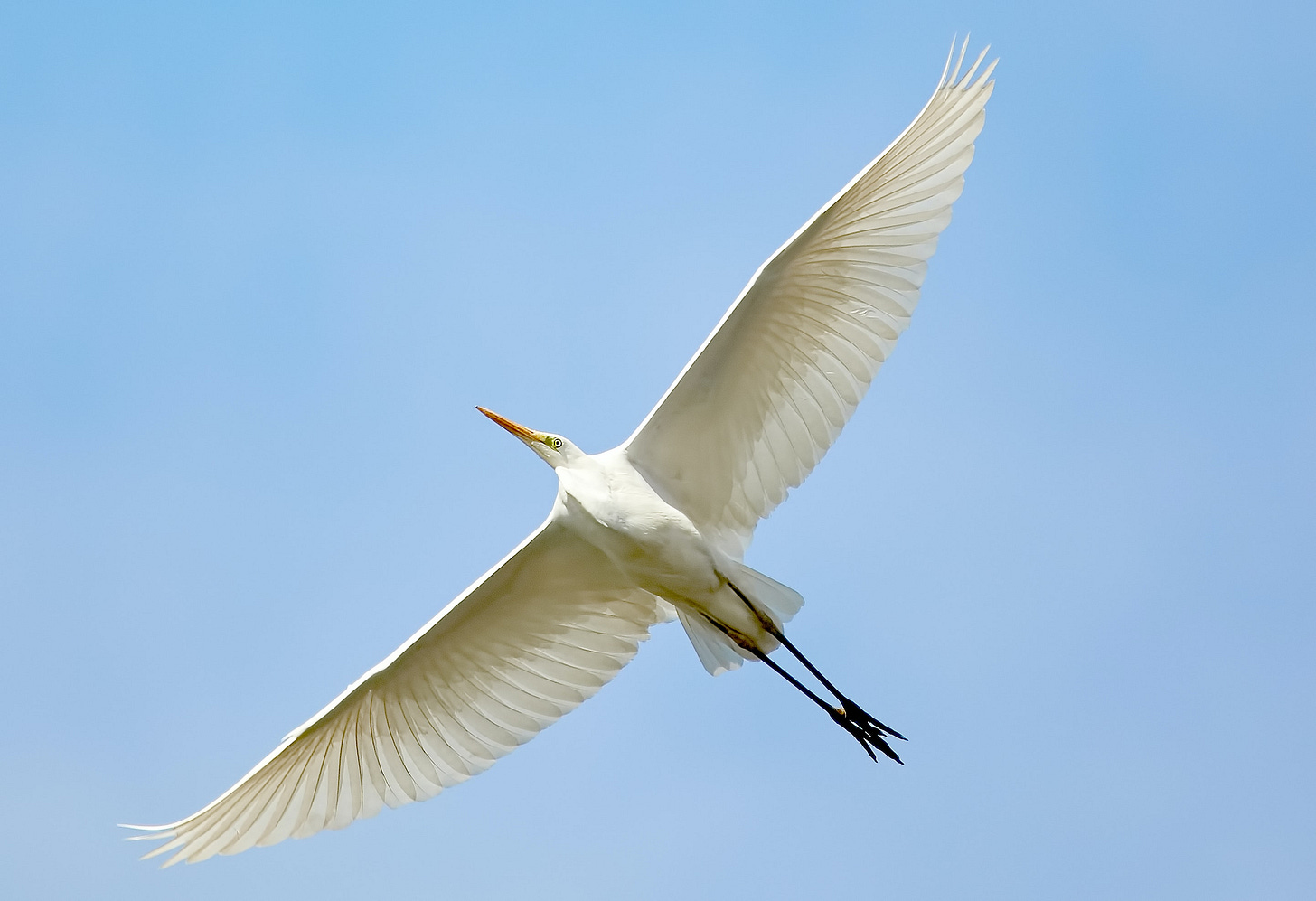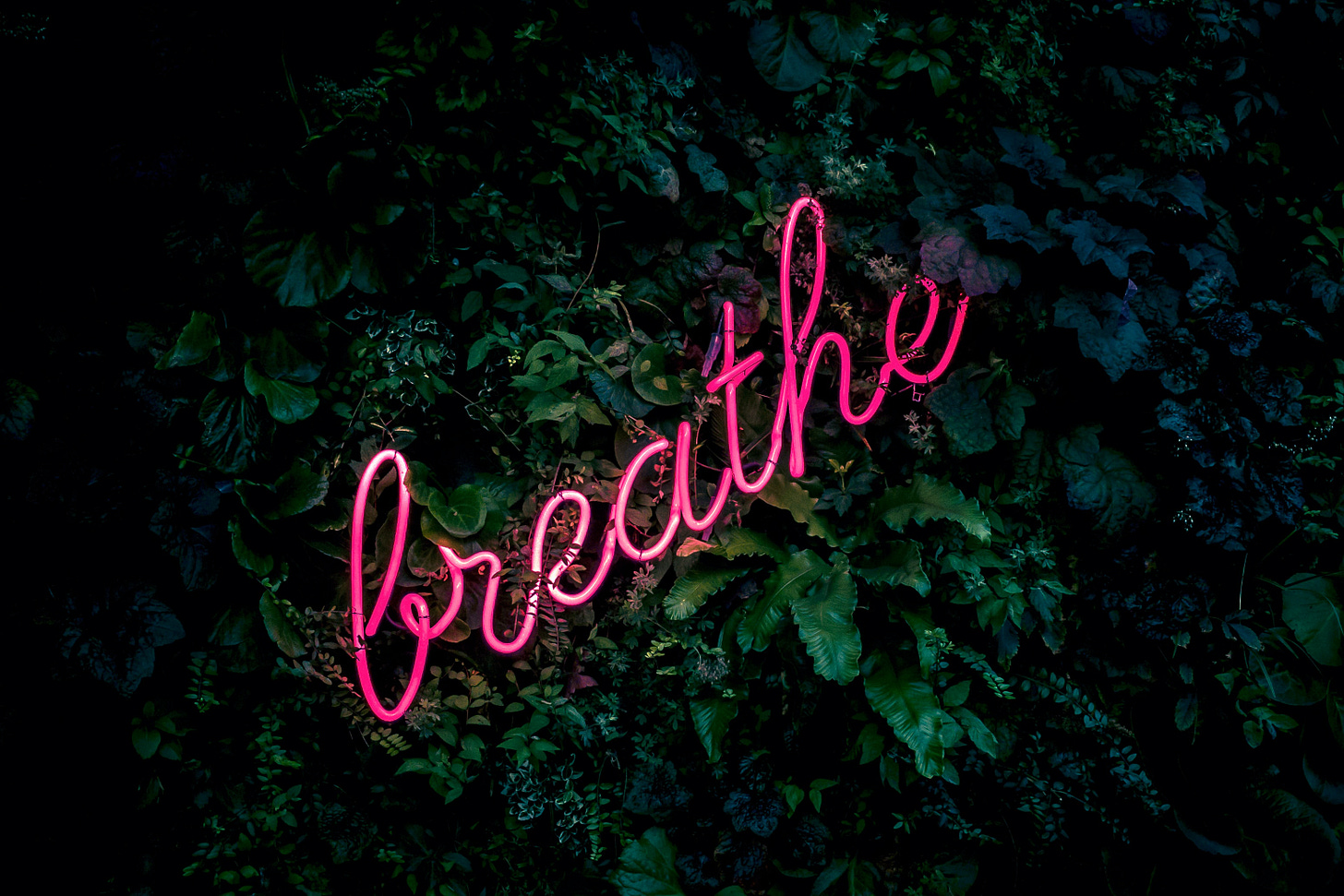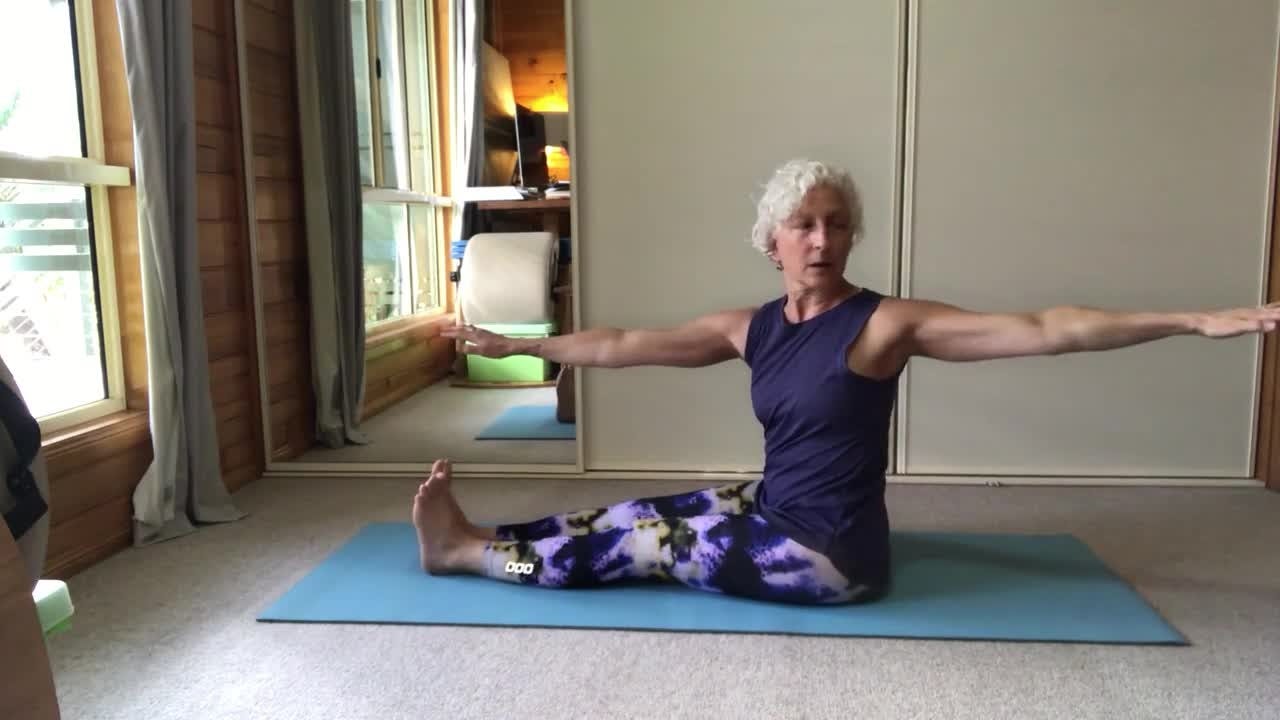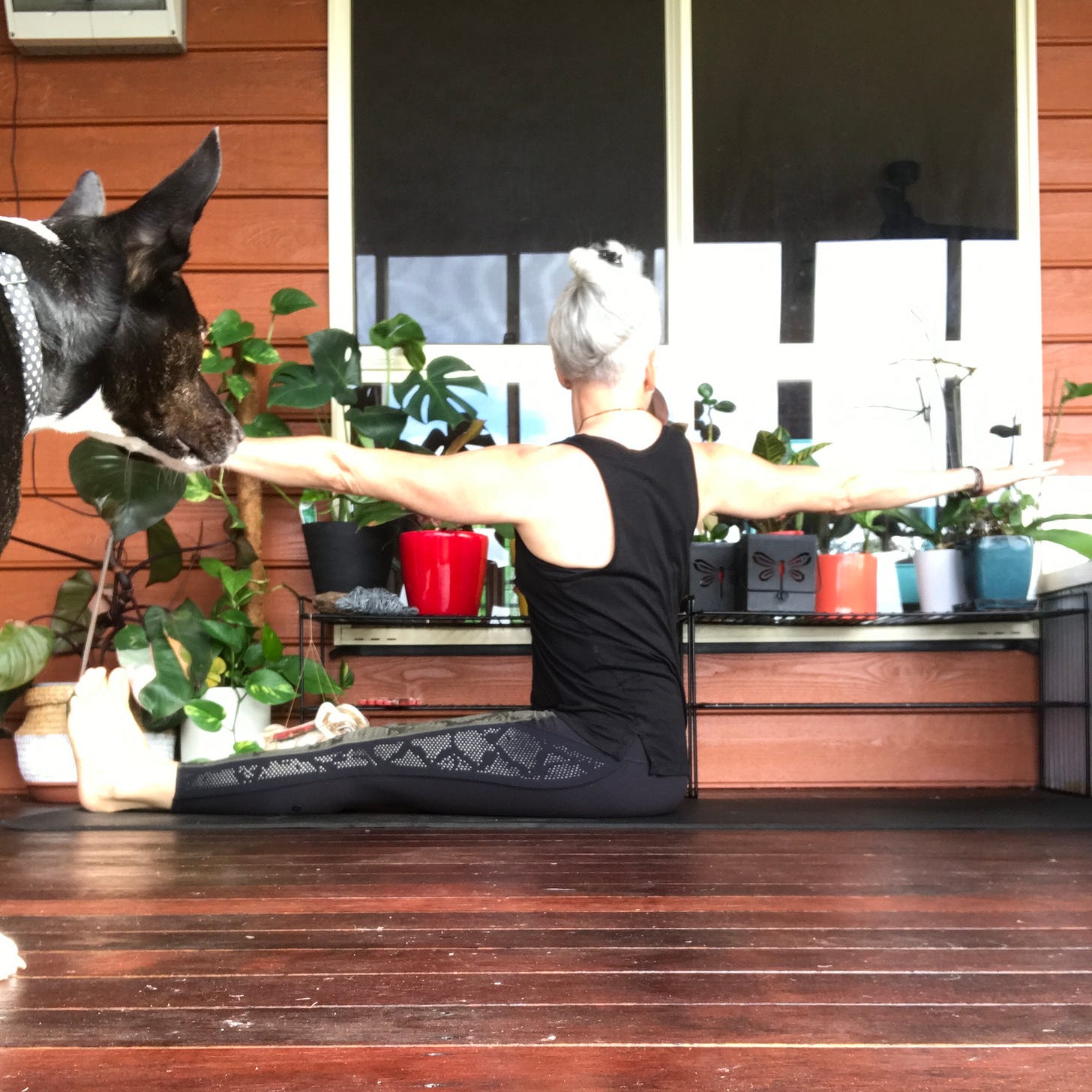Pilates Exercise Dive: Spine Twist
A great Pilates exercise to organise the body in an upright orientation
The CIRCUIT BREAKER
SPINE TWIST
Same, same, but different…
Same:
One of the features of the Pilates Matwork is that when we move from one exercise to the next and change our body’s position on our mat we change our relationship to gravity. This forces the body to organise itself in all sorts of different ways while moving through the three planes of motion.
By now I think the world’s woken up to the fact that we generally have very sedentary lifestyles and if we don’t move enough it can adversely effect our health so it stands to reason that moving our body from one position to another is good for us.
Spine Twist is one of Joseph Pilates’ original 34 Matwork exercises
It comes after Shoulder Bridge and before Jackknife so we move from from lying down with our hips up in the Bridge, to sitting up nice and tall in Spine Twist, before we lie back down again and the lift the hips up and over our head for Jackknife.
I’ve made you a video tutorial which is at the very bottom of the post, make sure to check it out
Spine Twist is a Mental Circuit Breaker
We're transitioning from one body position to a different one. We have to let go of where we were and reorganise ourselves into the starting position for the next exercise.
All the flipping around of the body during a Pilates session is part of the plan to keep the body moving. To keep the flow we have to anticipate where we’re going to go after the last rep of an exercise. We’re talking transitions, here and I definitely feel like those mini mental challenges are most welcome!
As I being the next exercise it’s also as if I’ve been given a mini mental break as well. I have to let go of however poorly or well the last exercise went and focus on the one I’m doing (in this instance, Spine Twist)
Spine Twist also qualifies as a physical circuit breaker
We're asking the body to do a different task so even thought every Pilates exercise is a full-bodied movement, the emphasis of the new exercise will be different to what came before - see changing positions, above.
Before we get too bogged down in the nitty gritty theory, let’s quickly go over how to perform the exercise.
The Setup for Spine Twist
Sit up tall on your mat with legs out straight in front of you zipped together and with your ankles strongly dorsiflexed (toes up to the ceiling). Imagine the soles of your feet are flat up against a wall.
Aim for a 90 degree angle between your thighs and hips. If this is a bit of a struggle due to tight hip flexors, hamstrings or your low back, use a prop to sit on to elevate your pelvis, or soften your knees.
Take your arms wide, shoulder height, feeling one long line from fingertip to fingertip.
Stack your spine so your head is over your pelvis with a soft rib cage.
Draw your lower abdominals in and at the same time lift your side waists up.
The Movement of Spine Twist
Inhale to lift the spine even higher staying centred, eye-line is level, legs are strong and energised.
As you exhale twist your spine in one direction, turning your head the same way.
Here's the key part - exhale again a bit deeper and twist a little further.
Inhale return to centre and feel that the lungs inflating assists with the lift of your spine.
Reverse to the other side.
Images I offer to clients for a better, deeper Spine Stretch
Widen your arms and open your wingspan like a bird in flight:

Imagine you have two dogs on leashes - one in each hand. Those puppers are pulling on the leashes with equal tension and as you twist are walking in wide arcs around you.
As you twist coil your spine like a spring and as you unwind let that spring tension release - see how the inhale on the return supports this:

Telescope your legs away from you and glue the backs of the legs down on to your mat.
Scan the horizon - Iowa wheat fields? desert landscape?

Feel a plumb line from your ear lobes to your sitz bones.
The SPINE TWIST as part of the Pilates Method
How does it fit in and integrate?
First we have the Pilates Principles that overlay every single exercise in the Pilates Method
Concentration
Centring
Control
Precision
Flow
Breath
Inside every exercise we should also have what I call the Secondary Principles
Oppositional Energy
Decompression of the joints
Stabilisation/Mobilisation
Tensile Strength.
The Pilates Method is a system of exercises that build on one another.
They intertwine with each other
Spine Twist builds on previous exercises in Mr. Pilates’ classic sequence. There are seated exercises that are similar and concepts from ones on our back that come into play.
As I mentioned in the beginning of this post things change when we change our relationship to gravity and where and how we place our body on the mat (think of Spine Stretch being the same shape as Open Leg Rocker but the differences determined by where/how you start and the choreography).
Examples of where Spine Twist is similar to other exercises
some of them are very evident as in the Spine Stretch/Open Leg Rocker example above). Others are a bit more tenuous but are still there.
In the Classical Matwork order all the exercises listed here are done prior to Spine Twist.
A tall seated position: Spine Stretch and Saw
Wide arms: Saw
90 degree angle at the hip: Single Leg Circle, Corkscrew, Spine Stretch, Saw
Twist of the spine: Single Leg Circle (the more advanced version), Corkscrew, Saw
Strong ankle dorsiflexion: Neck Pull, Single Leg Circle, Spine Stretch, Saw
A long decompressed spine, broad supported back, with the breath guiding the exercise and the exercise guiding the breath? These are, at some point, in every preceding exercise (& also every single one that comes after Spine Twist)
I hope you get the idea, that Spine Twist is the ‘same, same’ because of all of these wonderful connections that Mr. Pilates designed into his method.
And... Spine Twist is Different?
Yep!
Let's talk about the breathing pattern...

Percussive Breathing
When I learned Spine Twist way back in the 90’s I was taught that the inhale was as deep and full as most other exercises - same, same - but, the exhale was a double breath, short and percussive - different!!
It's the only exercise (in my training) where this was so strongly emphasised.
What might be some benefits to this percussive exhale?
Breathing this way really allows us to focus on driving the exercise from the torso (versus yanking the arms around - I talk about this (& hopefully demonstrate it) in the video at the top of the post.
Feel like a cup of Joe? Instead how about a bit of Joe Pilates? This type of dynamic breathing wakes us up and fires us up. The double exhale in the Spine Twist is a teeny version of what I know as coffee breathing. (which I've read is based on a Sufi breathing technique)
The Spine Twist is close to the half way point in the 34 original Matwork exercises (it comes in at #19) so I’d like to think that this was Mr. Pilates’ way of invigorating our bodies and minds for what’s to come in the remaining 15 exercises.
To close, Spine Twist is another one of those Pilates exercise that looks very simple (the choreography is in fact super simple) but allows you to really explore the inner workings of YOU!
Thanks for reading and for a video tutorial scroll below Mr. Pilates’ quote.
Be Well,
xBec
The information contained above is provided for informational purposes only. The contents of this blog are not intended to amount to advice and Rebecca Forde disclaims all liability and responsibility arising from any reliance placed on any of the contents of this post






That wringing motion does get the air out.... hard to maintain the straight back while exhaling completely...makes you want to curl forward. Thanks for today.